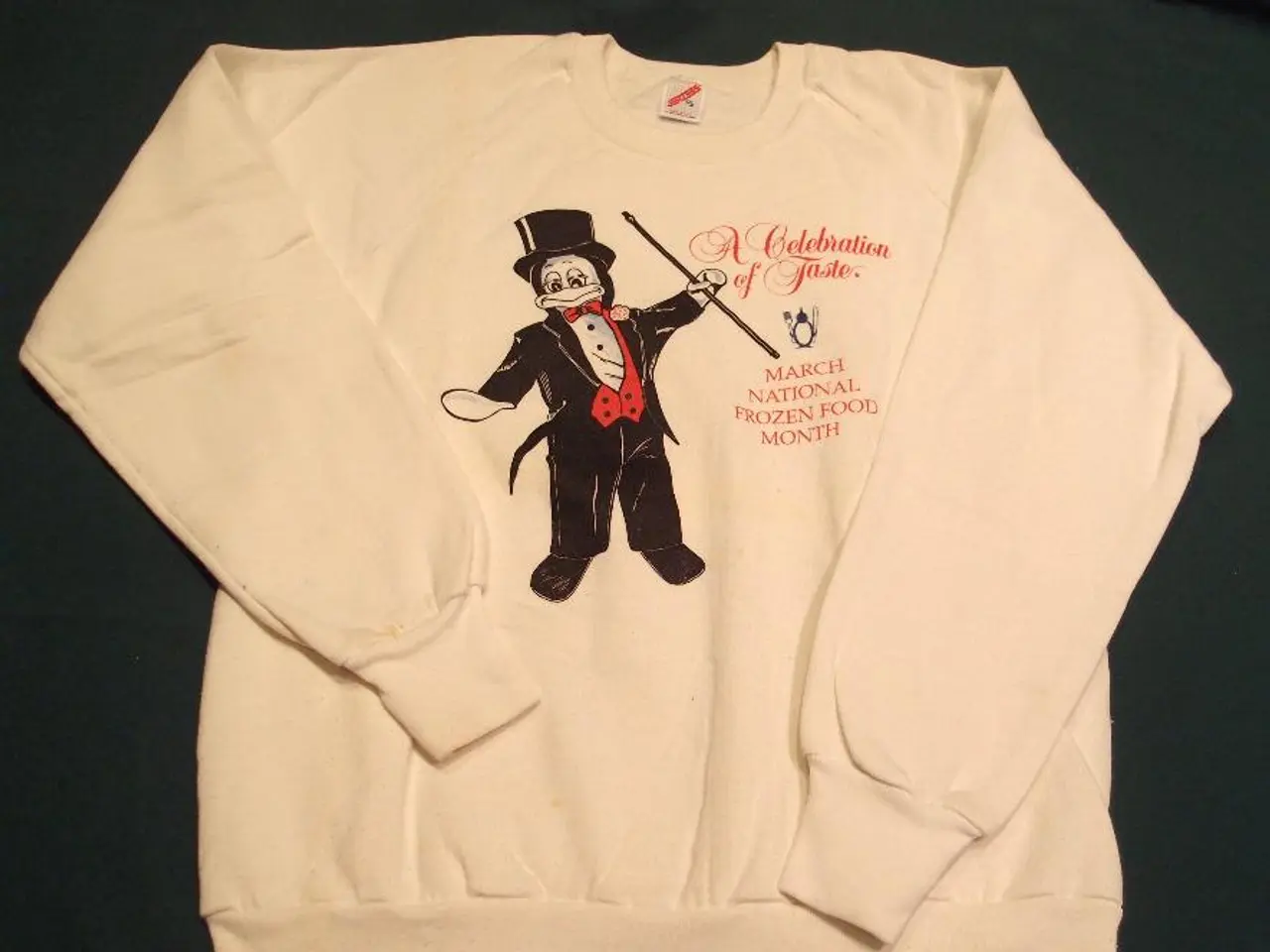Clothing Comparison: Essential Distinctions Between T-Shirts and Shirts
A Comparative Analysis of T-shirts and Shirts
In the world of fashion, two staples stand out: T-shirts and shirts. While they may seem similar at first glance, a closer look reveals distinct differences that make them suitable for different occasions.
Comfort
T-shirts, typically made from soft, stretchable knitted fabrics like cotton, offer an unparalleled level of comfort. Their lightweight and breathable nature makes them a popular choice for everyday wear. On the other hand, shirts, whether dress shirts, polos, or casual, are often made from woven fabrics. Dress shirts are crisp and structured, while polos are softer but still more structured than T-shirts. They can be less stretchy but are sometimes designed for breathability, such as linens or chambray.
Formality
T-shirts are considered casual wear, suitable for relaxed settings and rarely formal. They are never worn with suits or formalwear. In contrast, shirts vary in formality. Dress shirts are key to formal/business dress codes, while polos can bridge casual and smart-casual. Short-sleeve shirts lean casual but can be neat depending on the fabric and context.
Versatility
T-shirts are highly versatile for casual wear, pairing well with shorts, chinos, and jeans. However, they are not suitable for formal or business contexts. Shirts, on the other hand, are more versatile overall. Dress shirts can be layered with suits and worn in office or formal events, while polos work across casual and slightly dressed-up looks. Short-sleeve shirts offer warm-weather options.
Necklines
T-shirts usually feature simple, round (crew neck) or V-neck necklines with no collars. Shirts, however, feature collars of various types. Dress shirts have stiff collars (point, spread, wing), polos have soft collars, and casual shirts have varied collars like camp or button-down.
Sleeve Lengths
Most T-shirts have short sleeves ending mid-bicep, with some long-sleeve variations existing but less common. Shirts, on the other hand, have a wide range of sleeve lengths. Dress shirts usually have long sleeves, while polos and casual shirts can be short or long-sleeved. Short-sleeve shirts are common for warm climates and casual settings.
Cuff Styles
T-shirts have no cuffs; sleeves end with simple hems. In contrast, dress shirts have defined cuffs (buttoned, French cuffs for formal occasions), while polos and casual shirts generally have simple hemmed sleeve ends without cuffs.
In conclusion, T-shirts prioritize comfort and casual use with minimal structure—no collars or cuffs, mostly short sleeves, and very soft fabric—making them unsuitable for formal settings. Shirts, especially dress shirts, provide formality and structure with collars, buttons, and cuffs; polos and casual shirts fill the middle ground, balancing comfort with a more polished appearance suitable for both casual and smart-casual occasions.





